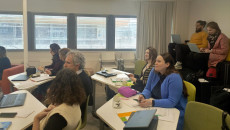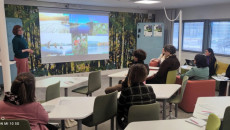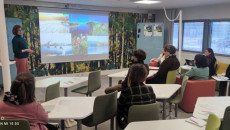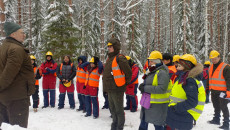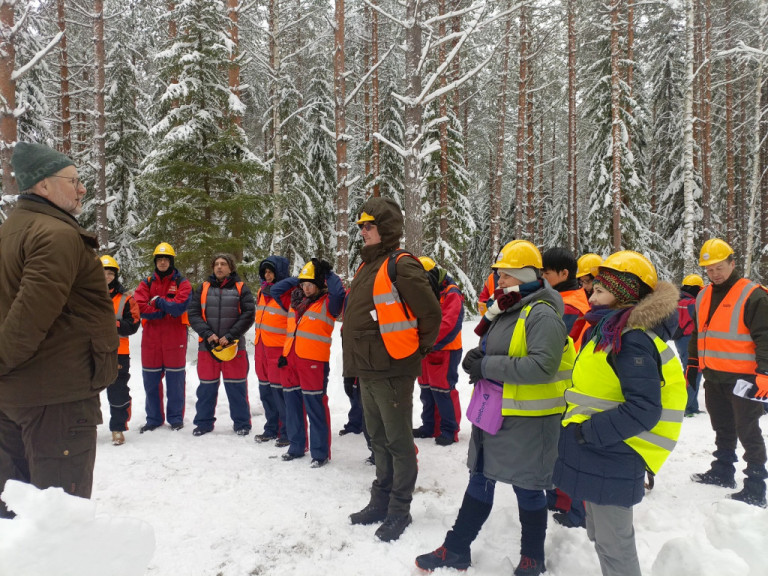
NACAO. Nature for the climate
Extreme heat, sudden downpours, droughts – we have been struggling with such phenomena for a long time, for which greenhouse gases are largely responsible. Participants of the international NACAO project, which is implemented under the Interreg Europe 2021-2027 program, discuss what to do to reduce them.
The ‘NACAO – Nature-based Carbon Offsets’ project is aimed at supporting regions in creating policies in the area of environmental protection and reducing greenhouse gas emissions. The Świętokrzyskie Voivodeship has something to be proud of in this area, and we presented our good practices during a recent meeting in Finland.
– Our presentation regarding the project ‘Renaturization of the inland delta of the Nida River’ implemented by the Świętokrzyskie and Nadnidzia Landscape Parks Complex as part of the LIFE Program met with great interest. This is indeed a unique project – emphasized Anna Picheta-Oleś, director of the Department of Nature and Climate of the Municipal Office of the Municipal Office of Environmental Protection, during Wednesday’s meeting of project stakeholders.
The project, the assumptions of which were discussed by Wojciech Sołtysiak from ZŚNPK, focuses on the protection of oxbow lakes, riparian forests and many animal species, as well as the restoration of the original, unique natural values of the inland Nida delta. His actions are perfectly in line with the desire to reduce CO₂ through nature.
Magdalena Pokora from the Department of Nature and Climate talked about how greenhouse gases are changing the world around us and how to deal with it. The occurrence of hot and hot days is one of the effects of climate change. In the Świętokrzyskie region, the number of hot days is expected to increase by 1.5 per year this decade, and in the years 2041-2050 by 2.5 in the north to 4 days in the south of the region. The maximum temperature in our region over the last thirty years has been at the level of 27-28 degrees C. The warmest places in the voivodeship are the Sandomierska Basin and the Nidziańska Basin, while the coldest is in the Świętokrzyskie Mountains.
The catalog of good nature-based carbon dioxide compensation practices in the Świętokrzyskie region includes, among others: small-scale forest retention programs, carbon forest management and carbon forests implemented by the Regional Directorate of State Forests in Radom, the project ‘Protection of habitats and species of non-forest areas dependent on water’ conducted by the Regional Directorate for Environmental Protection in Kielce in the Białe Ługi reserve, climate change adaptation plans developed by the local governments of Kielce and Ostrowiec Świętokrzyski and the mentioned restoration of the inland Nida delta. These are excellent examples of how to use the benefits of nature to counteract climate change.
A lot of attention during the stakeholder meeting was also devoted to the assumptions of the 2030 Environmental Protection Program, which is a kind of road map for the Świętokrzyskie region.
The ‘NACAO – Nature-based Carbon Offsets’ project is implemented under the Interreg Europe 2021-2027 program, which is financed by the European Regional Development Fund. Marshal’s Office of the Świętokrzyskie Voivodeship, as one of the project partners. Its leader is the regional administration of Spanish Andalusia, and similar entities from Italy and Finland, as well as the Ministry of the Environment, Energy, Construction and Climate Protection in Lower Saxony and the Environment and Energy Agency from France also participate in it.




